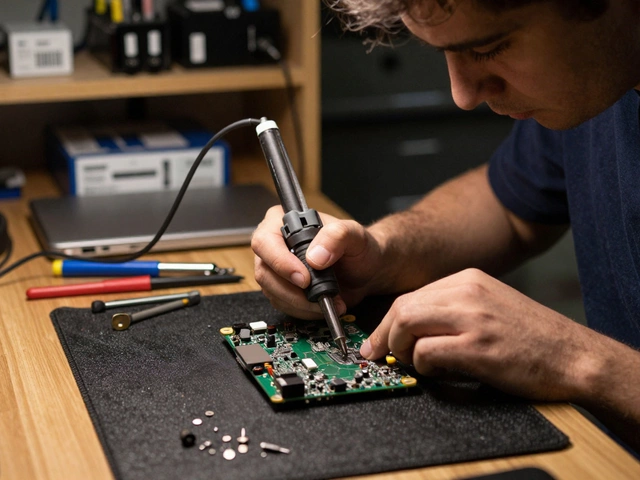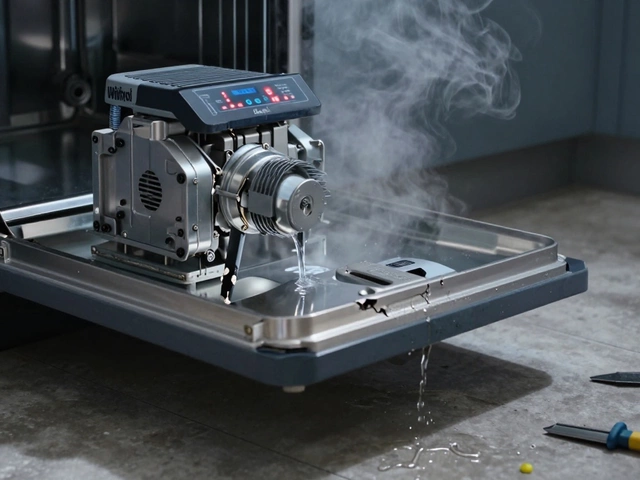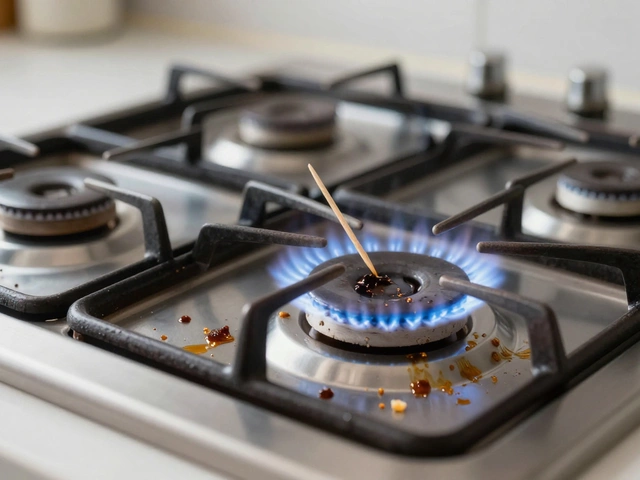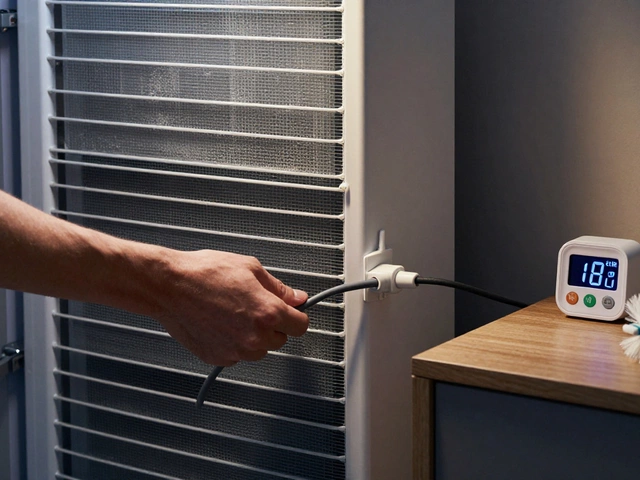Kitchen Exhaust: How to Keep Your Vent Working Right
If you’ve ever tried to fry something and the kitchen smells like a sauna, you know a good exhaust fan is a lifesaver. It pulls out smoke, steam, and odors so your home stays fresh. But like any appliance, a kitchen exhaust can go bad. Below you’ll find the most common issues, easy fixes you can try yourself, and the signs that it’s time to call a professional.
Common Kitchen Exhaust Problems
First, let’s talk about what usually goes wrong. The biggest culprits are:
- Weak suction. If the fan barely moves air, the motor may be worn out or the blades are clogged with grease.
- Rattling or humming noises. Loose parts, a wobbly motor mount, or a broken fan blade can cause this.
- Frequent tripping of the circuit. Overheating from a dirty filter or a short in the wiring will shut the fan off.
- Bad smells. Old grease can turn sour and start smelling even when the fan isn’t running.
- Light won’t turn on. This is often an easy fix – the bulb may have burned out.
Knowing these symptoms helps you decide whether a quick clean‑up will do or if you need a new motor.
DIY Maintenance Tips & When to Call a Pro
Most kitchen exhaust fans need a simple cleaning every three to six months. Here’s a step‑by‑step you can follow:
- Turn off the power at the breaker. Safety first.
- Remove the filter. If it’s a mesh type, soak it in hot, soapy water for 15 minutes, then scrub with a non‑abrasive brush.
- Wipe the fan housing with a damp cloth. Use a soft brush to get grease out of the blades.
- Check the motor vents. Dust them off with a vacuum attachment.
- Dry everything, reinstall the filter, and flip the breaker back on.
If you still notice weak suction after cleaning, try these extra steps:
- Inspect the vent pipe for blockages. A long piece of flexible brush can push out built‑up grime.
- Make sure the fan is securely attached to the ceiling or wall. Loose screws can cause wobble.
- Listen for a humming sound when you turn it on. A steady hum means the motor is running; a squeal may mean the bearings need lubrication.
When you should call a pro:
- The fan won’t turn on at all, even after checking the light and reset button.
- You smell burnt wiring or see sparks.
- The motor makes grinding noises that don’t stop after tightening screws.
- Your home’s electrical panel trips every time you use the fan.
Professional technicians can replace a motor, repair wiring, or redesign a vent route that’s too long or has too many bends. These fixes keep the fan efficient and safe.
In short, a clean filter, clear vent, and tight mounting go a long way toward a happy kitchen exhaust. Keep an eye on performance, and don’t ignore odd noises or smells. A quick DIY clean can save you a call to the repair service, but when the problem is beyond the basics, a qualified tech will get the job done right and keep your kitchen fresh every day.
Who's Best for Extractor Fan Repairs? Tips and Insights
- Alden Wilder
- Nov 28 2024
- 0 Comments
Extractor fans are essential for maintaining air quality, effectively removing moisture and odors. When they malfunction, swift repair is crucial to avoid further issues. This guide explores who you should call for extractor fan repairs, including identifying minor issues, exploring costs, and knowing when to seek professional help. Additionally, we cover preventative measures to extend the life of your fan.
View More




